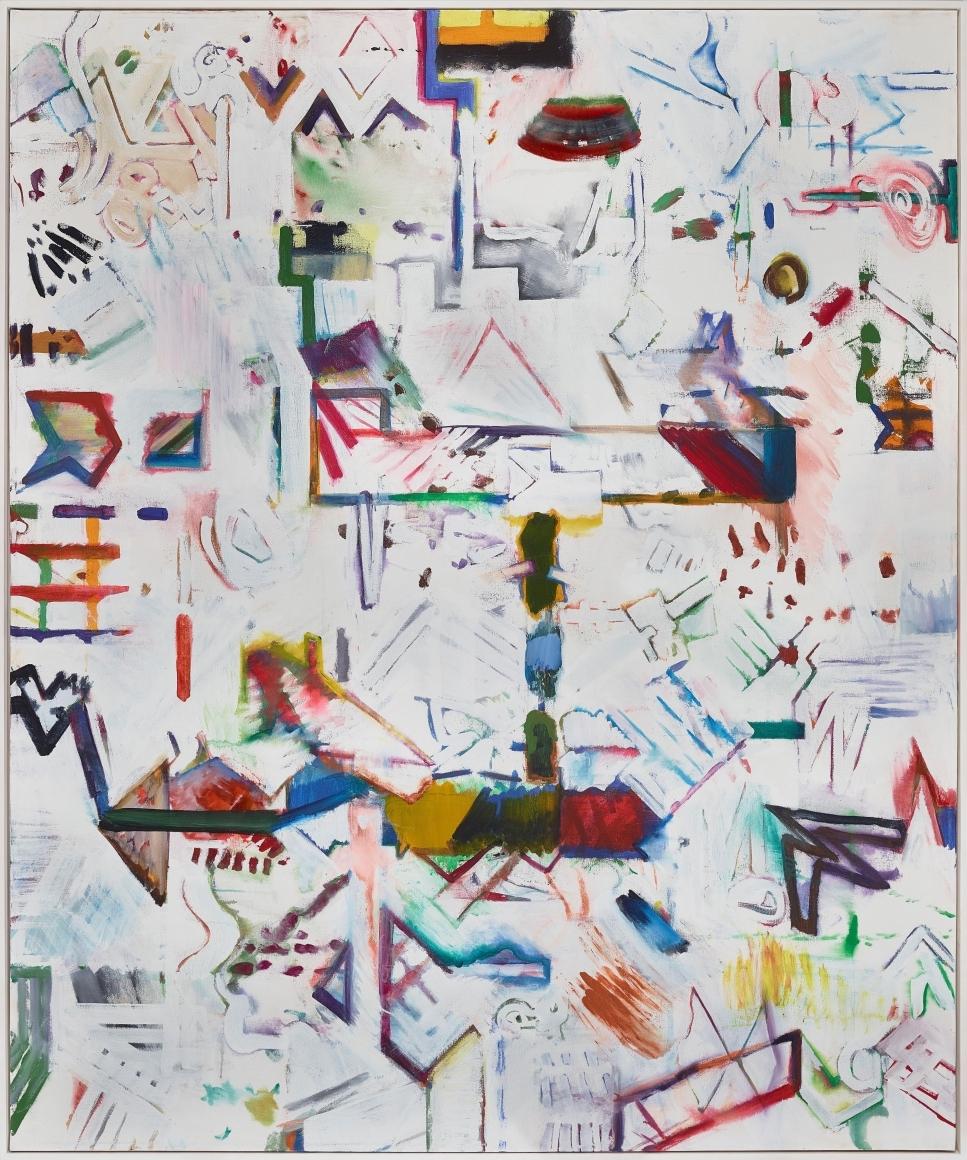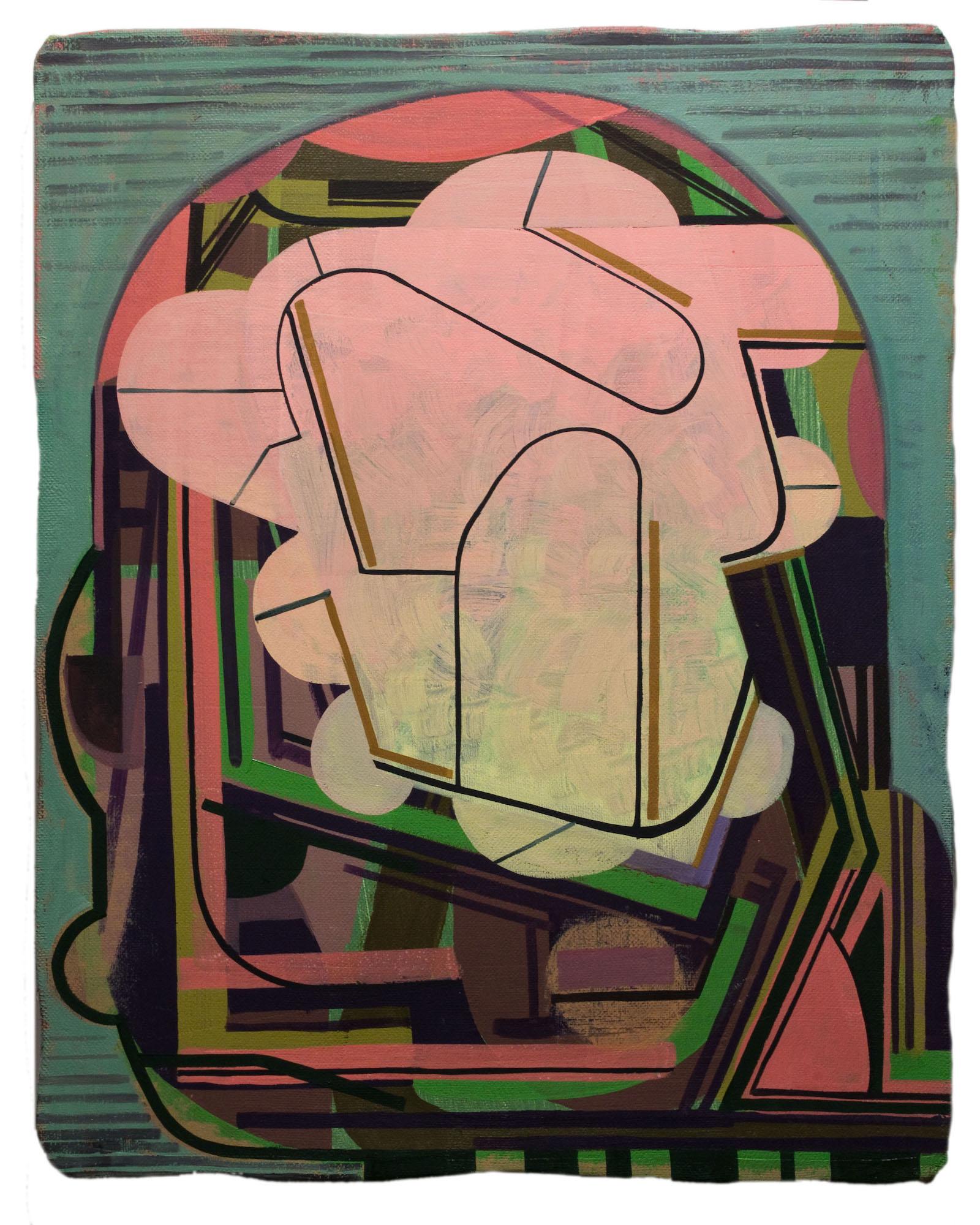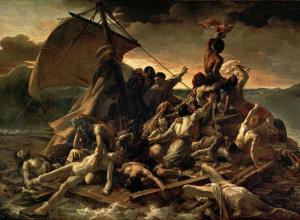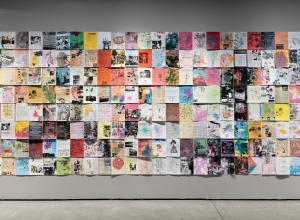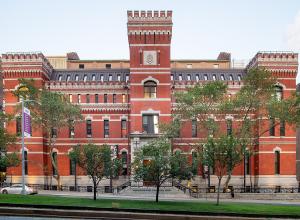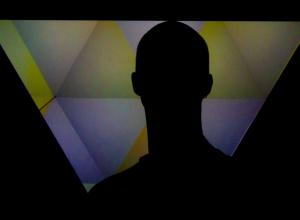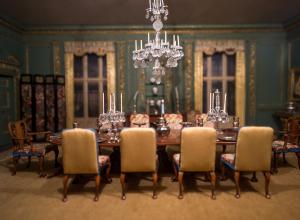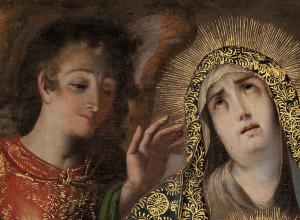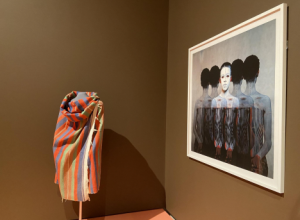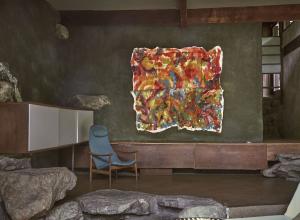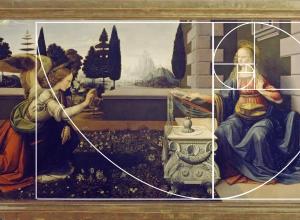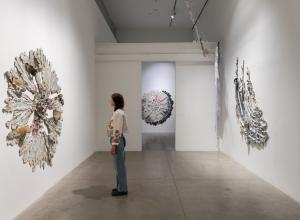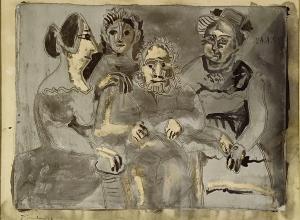Both artists have a long history of pushing the boundaries between abstraction and figuration. In fact, Burckhardt has said that Bischoff’s ability to “jump back and forth, or blur the border” between the two helped him to see the demarcation between figuration and abstraction as a ridiculous construct.
Coming from different generations, the two artists never met, though, as a student, Burckhardt was exposed to Bischoff and others involved in Abstract Expressionism and the Bay Area Figurative Movement. The “sense of feel” in Bischoff’s work appealed to Burckhardt; it was “a kind of a human touch” different from the New York intellectualism he grew up with, and he melded these disparate approaches into a personal, visual language.





